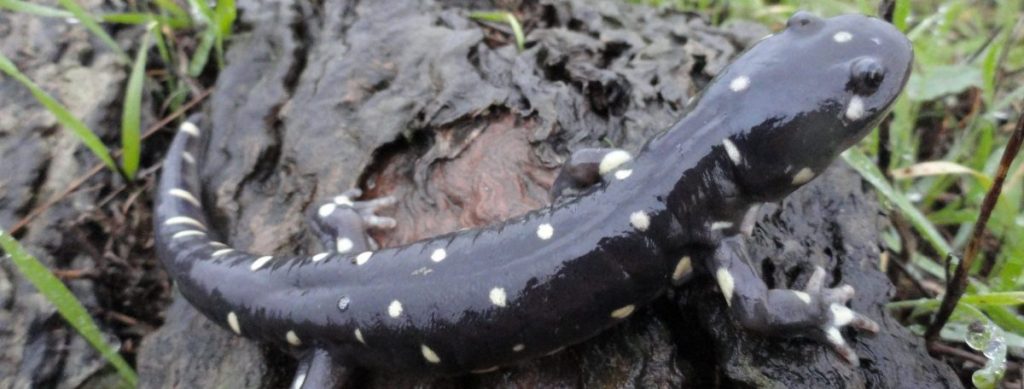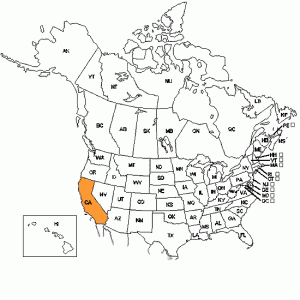Report Card

Photo by Michael Starkey
- D
- F
- B
- C
- Major Threat
Challenge:
Habitat has been lost due to industrial and housing developments, roads, and agriculture.
Actions:
Support local policymakers and agencies that consider wildlife and the environment in their decisions about development to try to reduce habitat loss.
- Secondary Threat
Challenge:
Changes in precipitation and severe weather events will likely impact the species.
Actions:
Reduce your individual carbon footprint. Support policies and decision-makers taking action to reduce greenhouse gas emissions and help wildlife adapt to changes we’re already seeing.
- Minor Threat
Challenge:
Pollution comes from household sewage, urban waste water, and agricultural runoff.
Actions:
Make sure your septic tank is secure to prevent runoff flowing into salamander habitat. Reduce the use of chemicals on your property and help protect clean water.
- Minor Threat
Challenge:
California Tiger Salamanders may be harvested as pets and as bait.
Actions:
Do not purchase salamanders as pets or bait. Reducing the demand for this industry will help conserve them in the wild!
- Secondary Threat
Challenge:
The Barred Tiger Salamander was released by people into the California tiger salamanders’ habitat. This invasive species out-competes the California species for food and habitat – a major problem since the Barred Tiger Salamanders are spreading. The two species may also hybridize, changing the genetics of the Californian species.
Actions:
Do not release pets or bait into the environment to try to reduce the impact of invasive species on amphibians.
- Minor Threat
Challenge:
Potentially impacted by the Chytrid fungus.
Actions:
Wash your shoes and equipment after every hike, fishing trip, or visit to wetlands. You can help reduce the spread of this deadly fungus!!
Population
Total population unknown but this species has been eliminated from over 50% of its historic breeding sites.
Habitat
California Tiger Salamanders rely on ground squirrel and pocket gopher burrows in open grasslands for shelter. They need fish-free temporary ponds for breeding sites. They have also adapted to using cattle ponds. Most habitat is on private land.

Click here for map legend. Maps courtesy of NatureServe.
Natural History
Rain triggered breeding migrations of adults occur during late fall and winter. Females lay eggs individually or in small clusters on submerged vegetation.
Additional Information
Amphibians were graded based on their population status, occupied habitat, and vulnerability to threats. These report cards are living documents that change based on the latest amphibian expert opinion received through the Amphibian Report Card website. We rely on experts to keep the information up-to-date. If you're a species expert, share your expertise here. To learn more about how amphibians were graded, click here.
Subscribe
Copyright © 2018 Amphibian Report Card. All rights reserved. Website designed and maintained by Mother, Baker, Website Maker.

